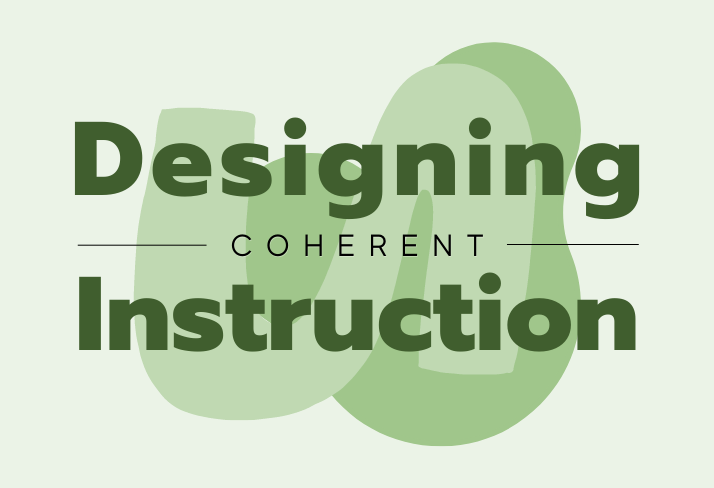|
Seamlessly navigate the pacing of your lessons.
When I was in college, I waitressed at a French bistro on the Upper West side of Manhattan. During my first couple of shifts, I made all of the quintessential mistakes — forgetting to put in orders, getting orders wrong, not being able to greet all of my tables, not knowing if and when to ask for their order or when to drop the check. I found myself overwhelmed! Over time, however, I learned that to be a really good waitress is a skill, an art, something that you can improve. As one of my favorite managers once told me: you’ll know you’re a good waitress when your patrons don’t even know you’re there, when you seamlessly navigate the pacing of their food and drinks.
It’s all about the pacing!
Foundations of timing
In my time as an educator, I have leaned on many of my waitressing experiences. Like waitressing, teaching is an art, and so much depends on successful pacing! How you pace your lessons, the order and flow of your instruction, how much time you dedicate to each task, and how you transition to each segment of a lesson are challenging yet crucial pieces of being a teacher. These actions have such important implications for student learning. How can you tighten up your lessons? Get started with our Foundations of Timing Instruction resource, which highlights helpful considerations and rules of thumb for timing and transitioning your instruction, including:
Whether you are just starting out, or are a seasoned teacher, your pacing can always be improved so that you are better able to serve your students.
|
|
The Center for Professional Education of Teachers (CPET) at Teachers College, Columbia University is committed to making excellent and equitable education accessible worldwide. CPET unites theory and practice to promote transformational change. We design innovative projects, cultivate sustainable partnerships, and conduct research through direct and online services to youth and educators. Grounded in adult learning theories, our six core principles structure our customized approach and expand the capacities of educators around the world.
|
ABOUT US
525 West 120th Street, Box 182 New York, NY 10027 416 Zankel Ph: (212) 678-3161 [email protected] Our Team Career Opportunities |
RESOURCES
Professional Articles Ready-to-Use Resources Teaching Today Podcast Upcoming PD Opportunities |
COACHING SERVICES
Custom Coaching Global Learning Alliance Literacy Unbound New Teacher Network Student Press Initiative |


























